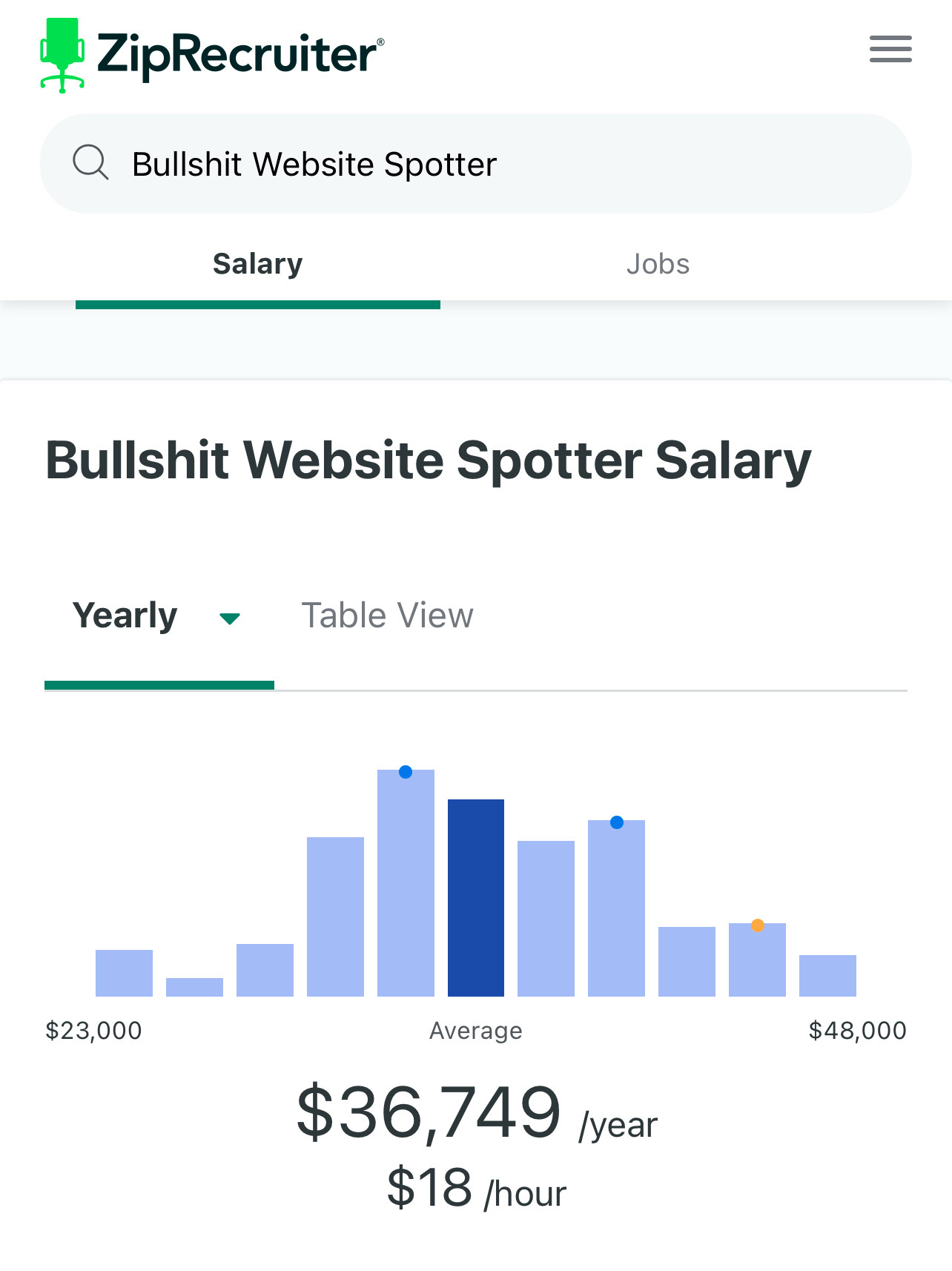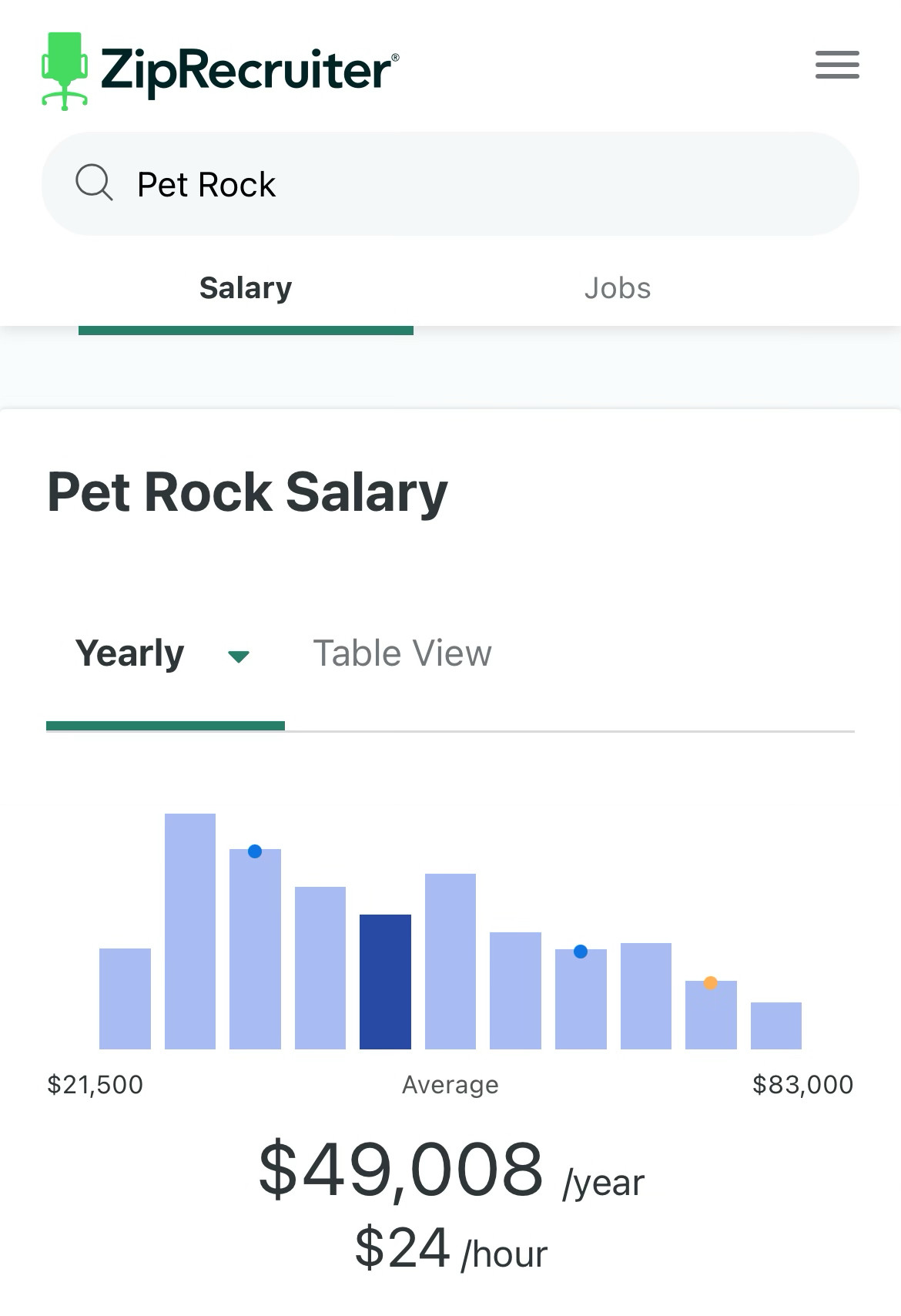All-day breakfast
Q: Did you see that coffee only works if you drink it in the morning?
A: Works?
Q: Reduces your risk of heart disease
A: That’s … not my top reason for drinking coffee. Maybe not even top three.
Q: But is it true?
A: It could be, but probably not
Q: Mice?
A: No, this is in people. Twenty years of survey responses from the big US health survey called NHANES. They divided people into three groups depending on their coffee consumption on the day of their dietary interview: no coffee, coffee only between 4am and 11:59am, and coffee throughout the day
Q: Couldn’t there be other differences between people who drink coffee in the morning and afternoon? Like, cultural differences or age or health or something?
A: Yes, the researchers aimed to control for these statistically: differences in age, sex, race and ethnicity, survey year, family income, education levels, body mass index, diabetes, hypertension, high cholesterol, smoking status, time of smoking cessation, physical activity, Alternative Healthy Eating Index, total calorie intake, caffeinated coffee intake, and decaffeinated coffee intake, tea intake, and caffeinated soda intake, short sleep duration, and difficulty sleeping
Q: Um. Wow?
A: I mean, it’s a good effort. One of the real benefits of NHANES is it measures so much stuff. On the other hand a lot of these things aren’t measured all that precisely, and it’s not like you have a lot of people left when you chop up the sample that many ways. And the evidence for any difference is pretty marginal
Q: What’s their theory about how the coffee supposed to be working?
A: The Guardian and BBC versions of the story quotes experts who thinks it’s all about coffee disrupting sleep
Q: That sounds kind of plausible — but didn’t you say they adjusted for sleep?
A: Yes, so if the adjustments work it isn’t sleep
Q: Should we be campaigning for cafes to close early, like the new Auckland alcohol regulations?
A: It’s much too early for that, and in any case there isn’t any real suggestion coffee is harmful after noon. It might be worth someone repeating the research in a very different population from the US but where people still drink coffee. There are plenty of those.
Q: And what about advice to readers on their coffee consumption?
A: The standard StatsChat advice: if you’re drinking coffee in the morning primarily for the good of your heart, you may be doing it wrong.


Recent comments on Thomas Lumley’s posts